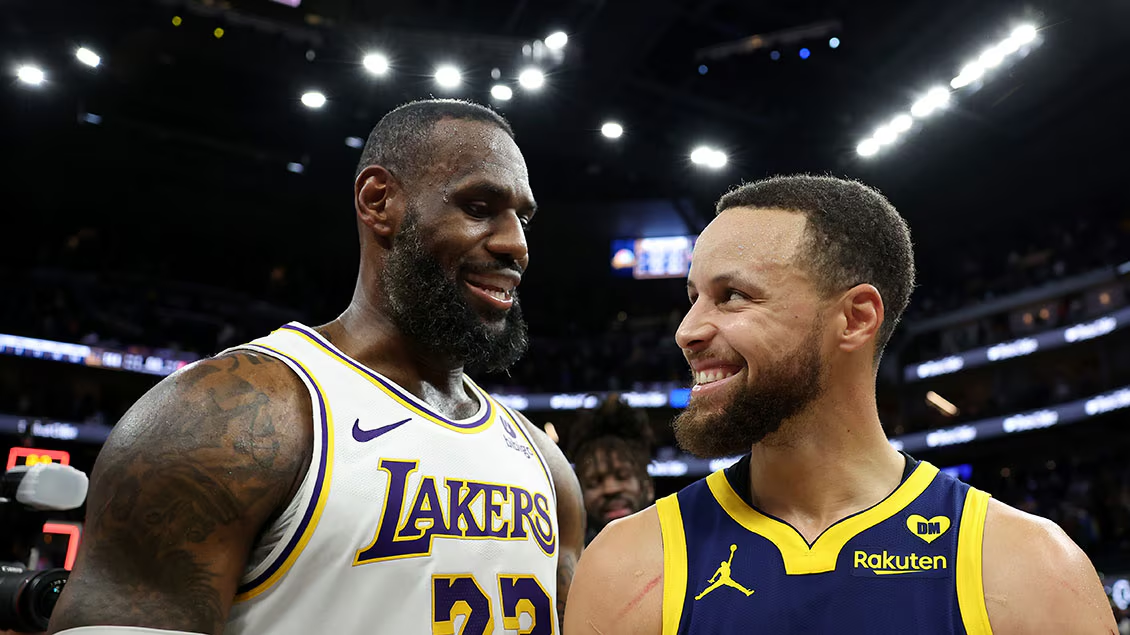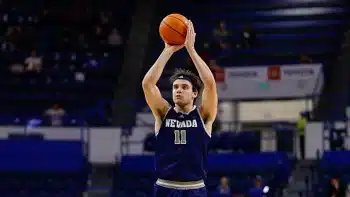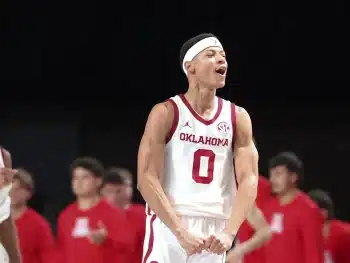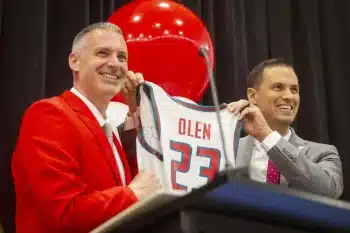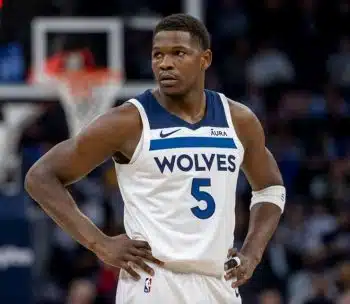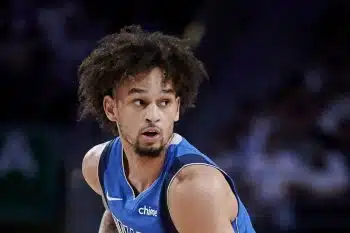NBA
NBA Daily: Examining Michael Porter Jr.’s Ascension
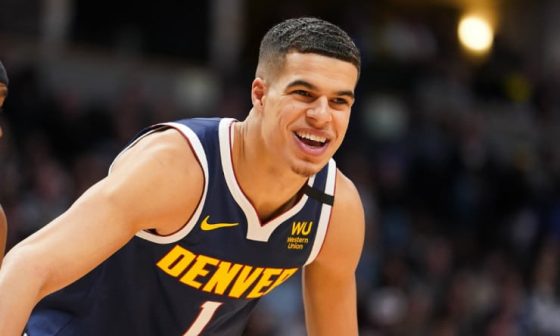
Since Jamal Murray’s season-ending knee injury, Michael Porter Jr. has taken his game to new heights.
In the wake of Murray’s ACL tear in mid-April, Porter’s playing time has gone from 30.6 minutes per contest to 35.7, while his shots per game have risen from 12.6 per game to 16.5. The increased responsibility has fueled his ascent. He’s knocking down 56.3 percent of those attempts. He’s taking 8.2 threes per game and making a blistering 50 percent of them. As a result, Porter’s gone from averaging 17.5 points per game to 25.1. He’s also grabbing 6.1 rebounds and blocking almost one shot per contest.
At the time of Murray’s injury, the Denver Nuggets were in fourth place in the Western Conference. They remain there now, 9-4 in his absence, and they boast the eighth-highest net rating in the NBA.
The only way for the Nuggets to fall from fourth would be if they lost their four remaining games and the Dallas Mavericks won their final five contests because the Mavericks have the tiebreaker since they won the season series. On the more realistic end of the spectrum, Denver sits just 1.5 games back of the Los Angeles Clippers, who occupy the third seed in the West. The Nuggets won their season series against the Clippers, meaning they’d finish in third if the two teams ended the regular season with the same record.
There’s a bevy of questions surrounding Porter’s recent play that need to be asked but cannot get answered at the moment. That starts with whether this is anything more than a hot streak. While it’s impossible to say definitively, it’s reasonable to believe Porter can consistently and efficiently produce about 25 points per game. He was the second-ranked high school prospect in 2017 and entered his freshman year at Missouri firmly in the mix for the top pick in the 2018 NBA draft. That was thanks in large part to his offensive prowess as a 6-10 wing with a smooth shot that’s nearly impossible to block because of the elevation he gets when he shoots.
A back injury cost him all but 53 minutes of his collegiate career and caused him to fall to the 14th pick in the draft. He ended up in an ideal landing spot, going to a well-run organization that’s also well aware of its barren track record luring star players looking to change teams, making it vital for the Nuggets to hit on their draft picks.
Porter’s first year in the NBA was exclusively dedicated to the rehab process and doing everything possible to ensure he can have a long, healthy and productive career. Last season, finally getting a chance to play, he showed off the tantalizing talent that made him a top prospect but only took seven shots per game while trying to fit in alongside Nikola Jokic, Murray, Paul Millsap and Jerami Grant.
More experience, including battling against the Los Angeles Lakers in the Western Conference Finals, an offseason, albeit a truncated one, to prepare for a more substantial role with Grant joining the Detroit Pistons and Millsap turning 36 this year, helped propel Porter.
But for the Nuggets, before Murray’s injury, the perception was that even though they weren’t the favorites to come out of the Western Conference, they were a legitimate title contender. How far can they go if Porter’s consistently contributing about 25 points and over six rebounds per game while effectively playing the role of a second star alongside Jokic?
It seems fair to cross Denver off the list of title contenders. But, if Porter continues to capably play the role of a second star alongside Jokic when doing so becomes more challenging in the postseason, the Nuggets can advance past a team like the Mavericks or Portland Trail Blazers. And at a minimum, they’d have the ability to make life difficult for whoever they had to face in the second round of the playoffs.
Unfortunately, the timing of Murray’s ACL tear, which happened in mid-April, means there’s a legitimate possibility he misses all of next season. Denver’s increased reliance on Porter is already allowing a young player with All-NBA potential to take on a role that’s closer to the one he’s assumed his whole life before making it to the sport’s highest level. If the Nuggets are counting on him to be the second-best player on a highly competitive team in the Western Conference next season, it’ll be fascinating to see what heights he reaches and how far they’re able to go as a team.
Theoretically, Porter’s growth could make it difficult for Denver to reacclimate Murray. But given Jokic’s unselfish style of play, there’s room for both of them to be satisfied by the volume of shots they’re getting. Unfortunately, the Nuggets have to wait, potentially another season, but Jokic is 26-years-old, Murray 24, Porter 22. When Denver has their Big Three back together, they could be far more potent while still being able to enjoy a lengthy run as legitimate title contenders.
